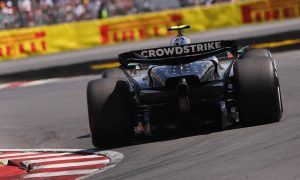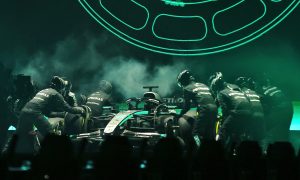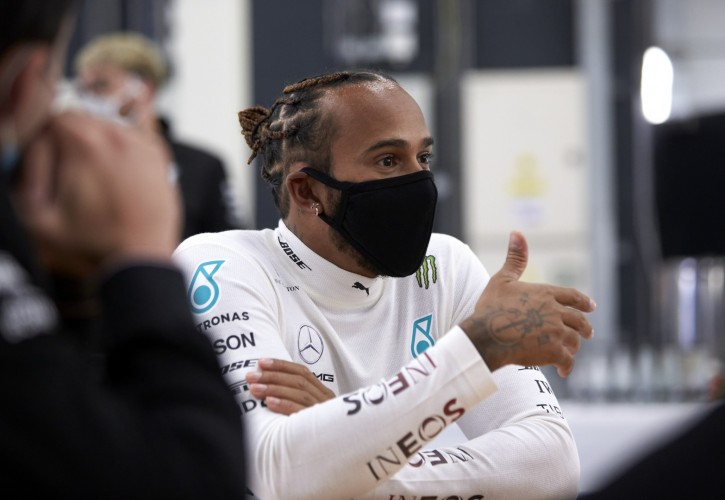
Lewis Hamilton says a process of frequent and "direct" communication with Mercedes' engineers has been a major component of his sustained success in F1 with the German outfit.
While many believe that Hamilton owes his outstanding track record in F1 first and foremost to Mercedes' remarkable engineering excellence, the seven-time world champion has detailed how a close collaboration with his team's engineers yields improvements, and ultimately success.
Hamilton says his collaborative work behind the scenes at Brackley made him appreciate the level of success enjoyed in the past by Michael Schumacher at Ferrari.
"As a young driver, you just don’t understand how Michael Schumacher was able to put such a successful package on the road, or how I have done that now with Mercedes," Hamilton told Auto Motor und Sport.
"Half believe that I’m just lucky to be in a good car, but today I am able to appreciate what Michael did back then.
"You have to be at the helm to steer this group of smart, determined and creative people in a direction of development so that at some point car and driver harmonize perfectly."
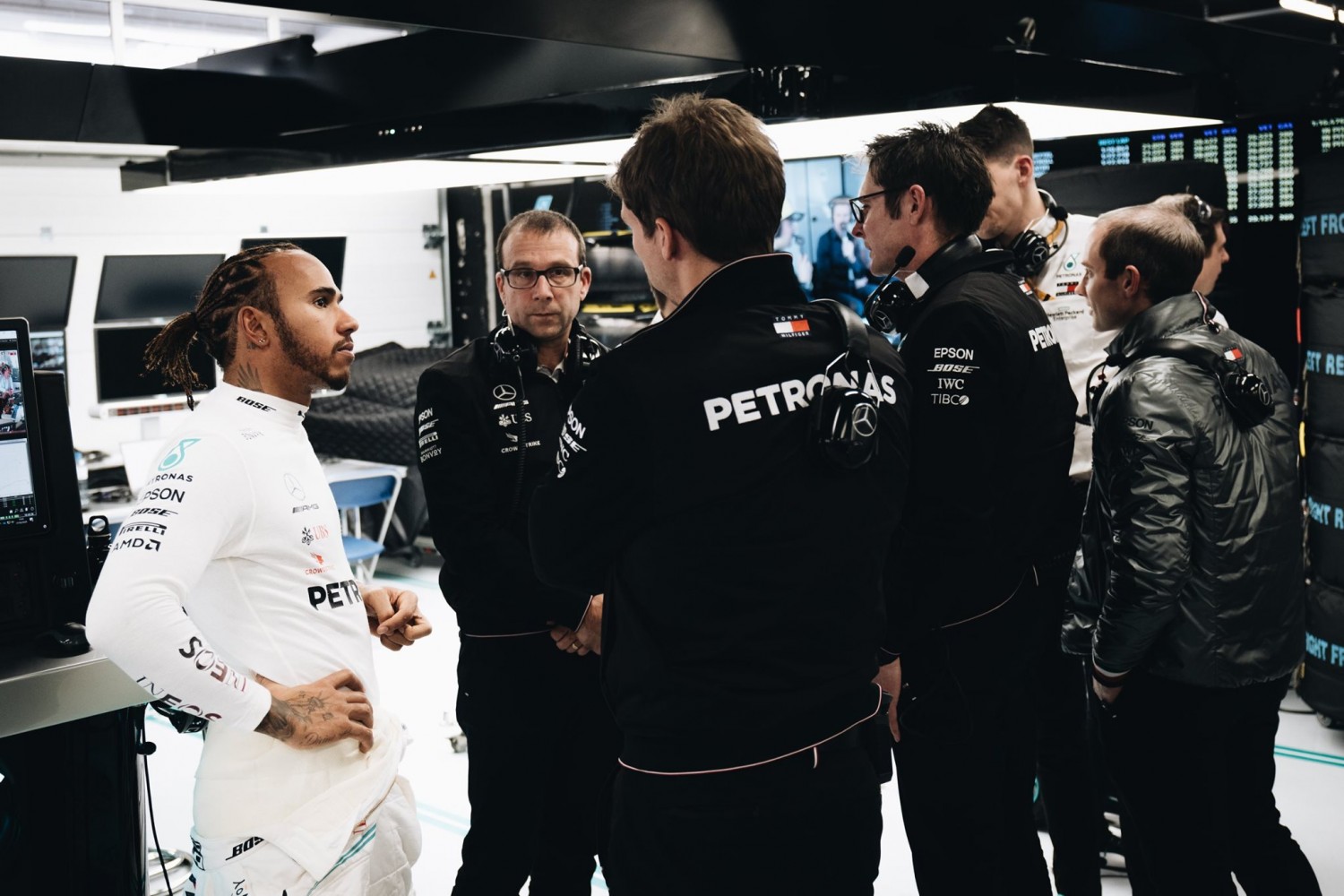
Direct communication is logically paramount for Hamilton to achieve such a synergetic relationship.
"I meet with my team on average every week to discuss the situation," he revealed. "At my request, the group was enlarged. I also always know which way we are going with the next car.
"In the past it often happened that the aerodynamicists told me in the wind tunnel which problems they wanted to solve and what their next steps on the car would be.
"Every now and then I had to tell them, 'this is not our problem'. This direct conversation was always more important to me.
"I didn't want to hear secondhand what the aerodynamicists were planning, as far too much is lost there.
"At the end of the year I tell my guys that they deserve to enjoy the success, but that we also have to talk about the critical points on the car ahead of time.
"Then we also talk about how we can improve our communication. Whether we should meet more or less often.
"Or we go through our checklist and I tell them, this point is not that important, you should put it higher on the list. Let us make better use of the five minutes we gain."
Case in point, Hamilton's collaborative approach helped Mercedes iron out for 2020 the front-end weakness of its typically long-wheelbase cars in slow corners.
"Engineers often think they know everything better," explained the Briton. "Some may not even like to listen to the driver, or so it was with McLaren.
"It's different with Mercedes. I don't go to the engineers and tell them: do this, do that. I say, hey something's wrong here, we can do something better.
"For instance, we have the longest car in the field. It’s definitely been a bit of a surprise to see that none of the other teams have gone to the longest car.
"We’ve been winning with the longest car since 2017, and they [other teams] are so stuck in the way they do things, in that ‘we’re still going to keep our car shorter.’
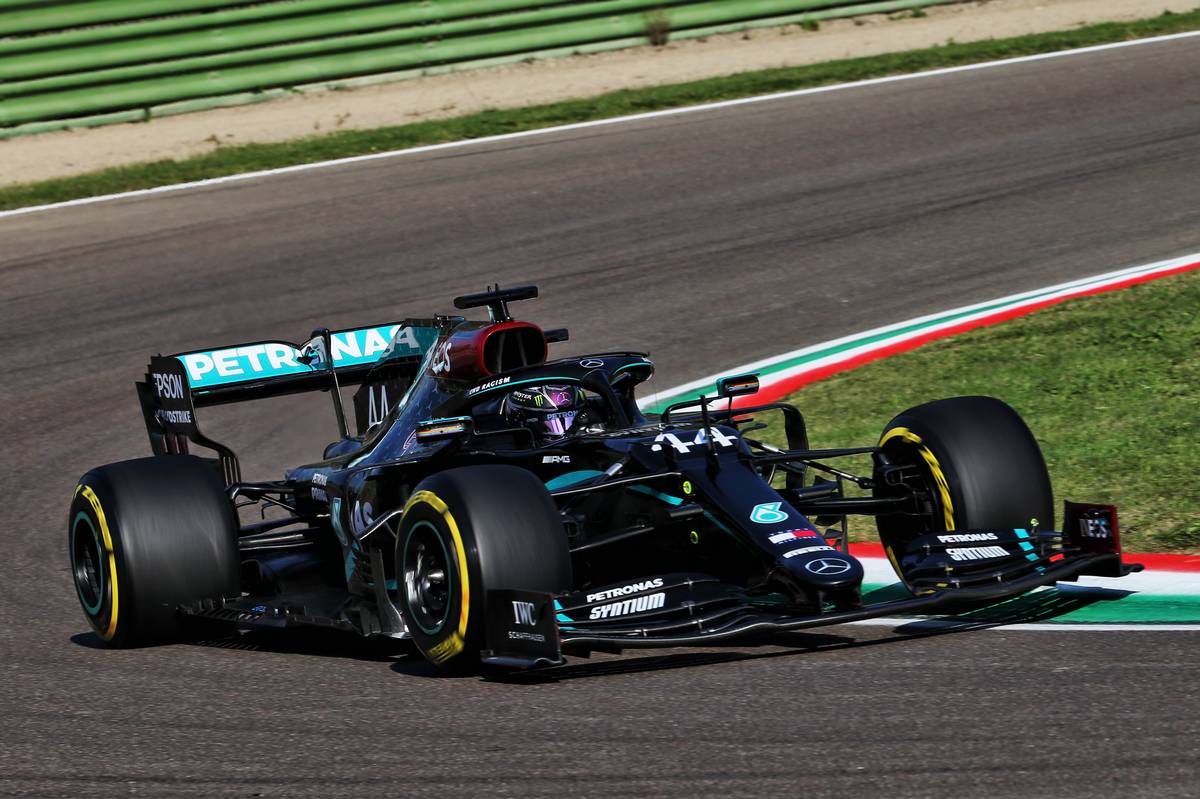
"Being that it’s a long car, it’s obviously got great downforce, but it’s not as nimble as a shorter car.
"Last year our car was good through medium and high-speed corners, but was quite poor in low-speed corners. The car would not rotate as well as we’d like.
"We started this year in winter testing and the car had similar characteristics. I had some challenges that I put towards the team in terms of how we set the car up, which changed that.
"It’s difficult to say too much but that difficulty we had last year with the car rotating, we don’t have that problem any more."
Gallery: The beautiful wives and girlfriends of F1 drivers
Keep up to date with all the F1 news via Facebook and Twitter





